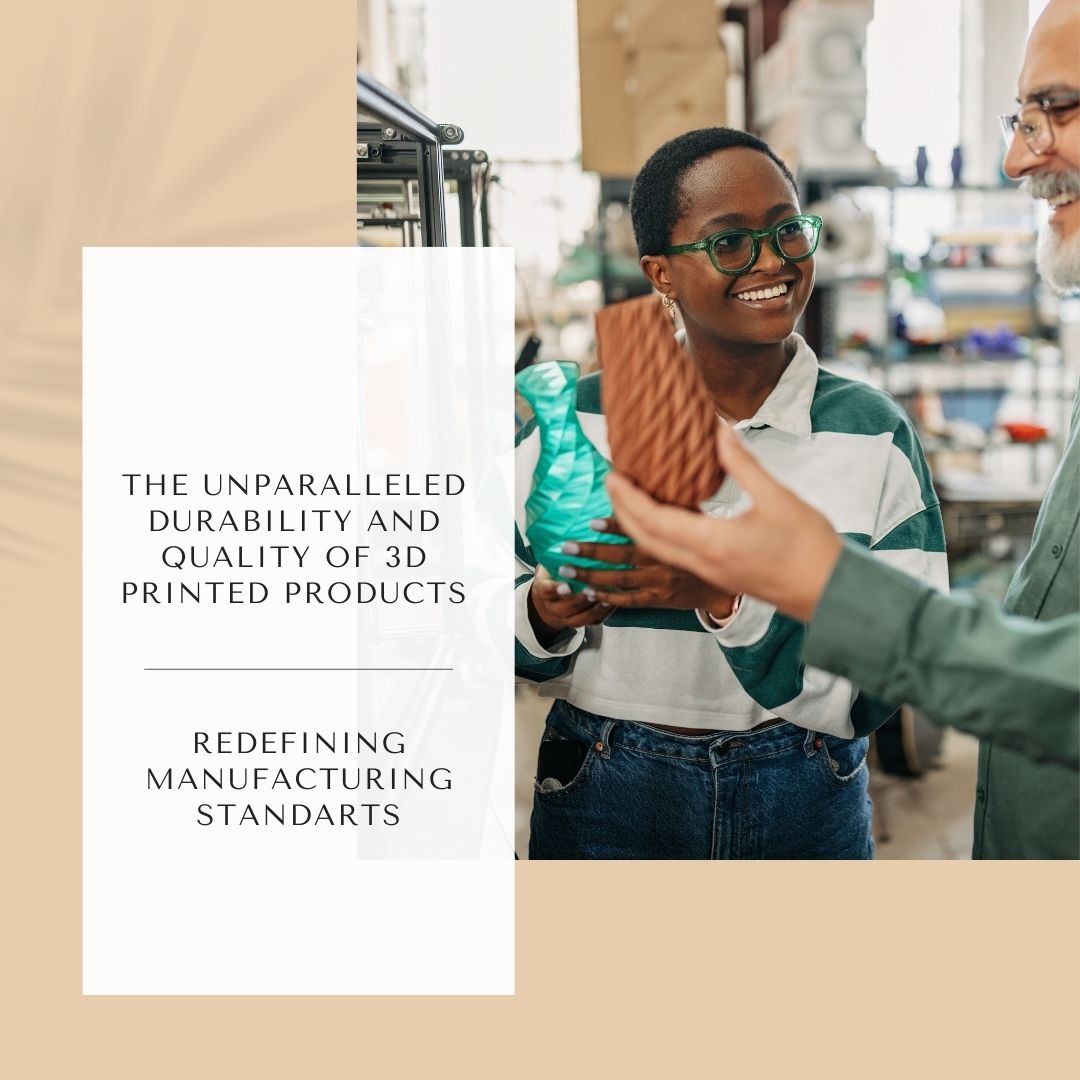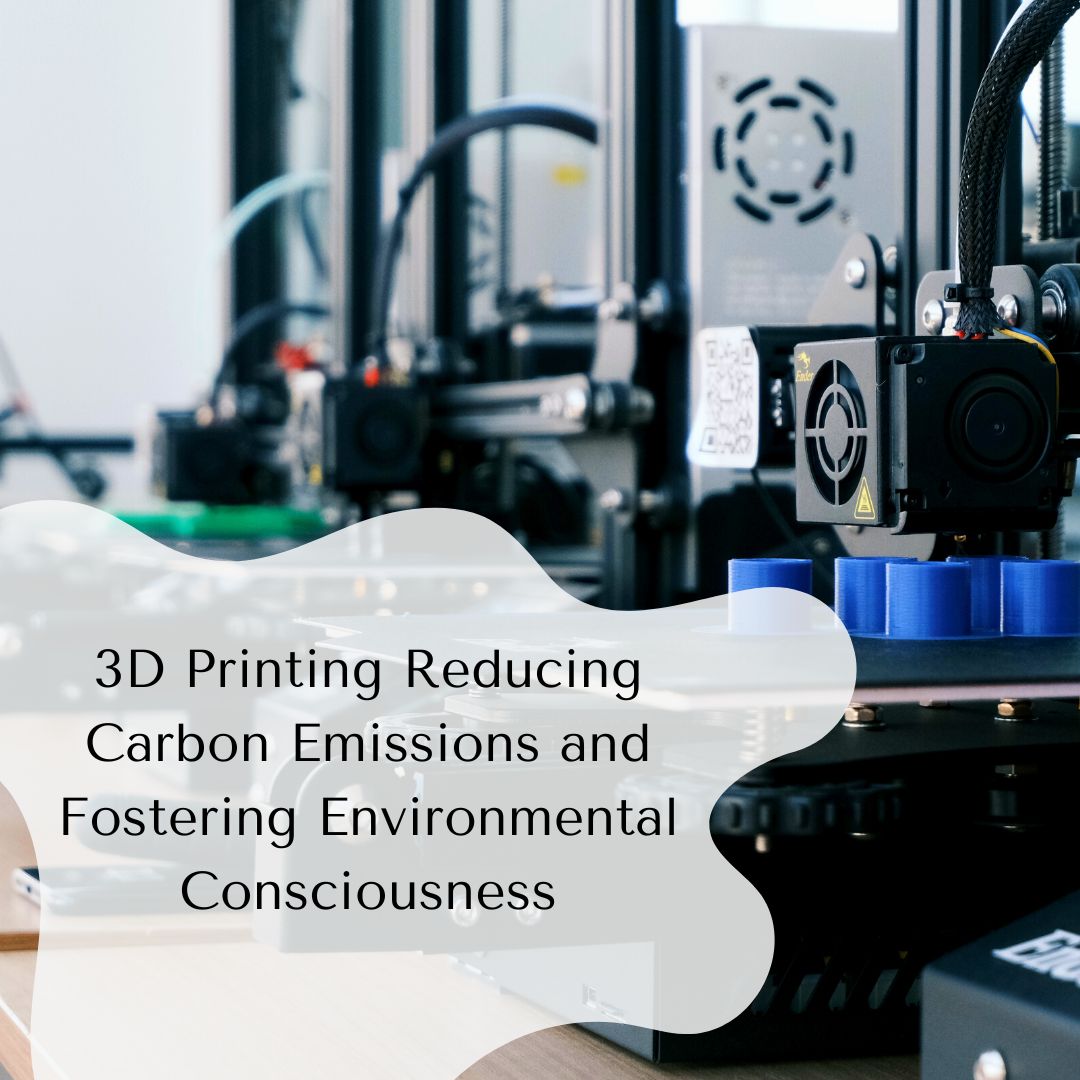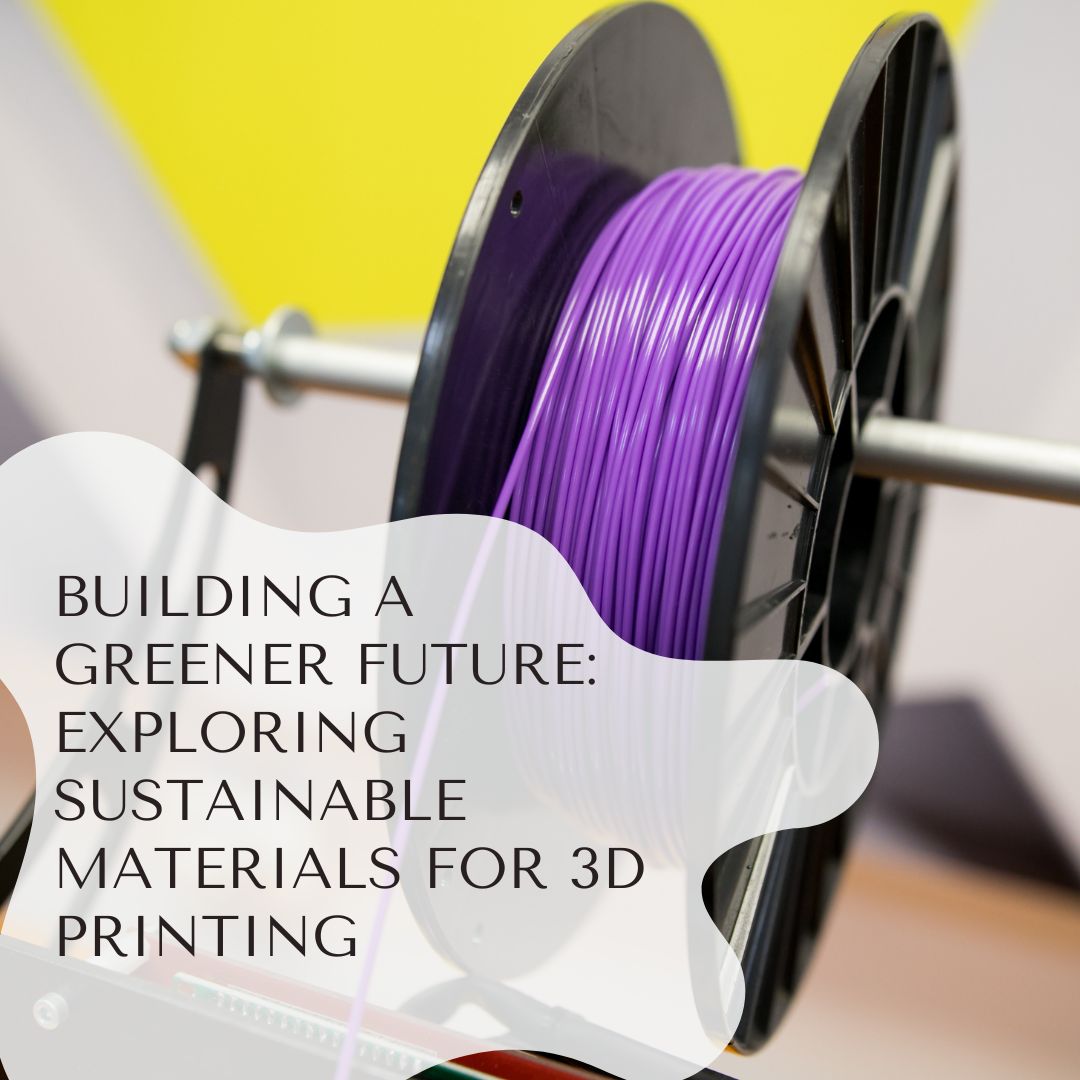In the realm of modern manufacturing, 3D printing has risen as a true game-changer. With its ability to create intricate designs and customized products, it has become a mainstream method embraced by various industries. However, what sets 3D printing apart is not just its versatility or efficiency but the remarkable strides made in achieving exceptional durability and high-quality outputs. In this blog post, we will delve into the world of 3D printing, exploring its transformative impact on durability and quality, along with remarkable examples of 3D- printed products that have set new standards.
Unmatched Durability
The advancements in 3D printing have revolutionized the durability of manufactured products. By leveraging innovative materials and printing techniques, 3D-printed products can exhibit outstanding strength and resilience. For instance, aerospace companies now utilize 3D-printed titanium components for aircraft, showcasing superior durability while reducing weight. Similarly, in the automotive industry, 3D-printed parts like engine components and lightweight structural elements have proven their ability to withstand rigorous demands while enhancing overall performance.
Uncompromising Quality
Gone are the days when 3D-printed products were associated with subpar quality. Today, thanks to advancements in printing technologies and meticulous design optimizations, 3D printed products can rival or surpass traditionally manufactured counterparts in terms of quality. In the field of healthcare, 3D-printed medical implants, such as patient-specific prosthetics and dental restorations, offer impeccable precision and biocompatibility, leading to better patient outcomes. Additionally, the jewelry industry embraces 3D printing to craft intricate and flawless designs with exquisite detail, showcasing the unparalleled quality achievable through this manufacturing process.
Design Optimization
Another factor contributing to the durability and quality of 3D printed products is the ability to optimize designs specifically for additive manufacturing. Unlike traditional manufacturing methods, where designs are often limited by the constraints of the production process, 3D printing allows for complex geometries and intricate structures to be created with ease. This freedom in design enables the creation of products that are not only visually appealing but also optimized for performance and durability. Engineers and designers can now leverage 3D printing to develop lightweight yet strong structures, reducing material waste and improving overall product integrity.
Post-Processing Techniques
While 3D printed products can achieve impressive levels of durability straight from the printer, post-processing techniques can further enhance their strength and quality. Techniques such as annealing, polishing, sanding, and surface treatments can be applied to 3D printed parts to improve their surface finish, reduce roughness, and enhance structural integrity. Additionally, post-processing methods like resin curing or heat treatment can increase the strength and durability of printed objects. These techniques allow for fine-tuning the final properties of 3D printed products, making them comparable or even superior to traditionally manufactured counterparts.
Quality Control Measures
As 3D printing has matured, the implementation of robust quality control measures has become increasingly important. Manufacturers and service providers are now implementing advanced inspection and testing processes to ensure the durability and reliability of 3D-printed products. This includes various non-destructive testing methods, dimensional accuracy checks, and material analysis techniques. By conducting thorough quality control assessments, potential defects or weaknesses in the printed products can be identified and addressed, resulting in higher-quality and more durable end products.
Material Innovation
One of the critical aspects of 3D printing is the continuous innovation in materials used for printing. Initially, 3D-printed products were limited to plastic materials, which had certain limitations in terms of durability. However, with advancements in materials science, we now have access to a wide range of materials such as carbon fiber composites, metal alloys, ceramics, and even biodegradable polymers. These materials offer enhanced strength, rigidity, heat resistance, and durability, making 3D-printed products suitable for various applications.
Exceptional Examples
The success of 3D printing in delivering high-quality products is exemplified by various notable examples. In architecture and construction, 3D-printed concrete structures demonstrate the durability and strength required for building applications. Additionally, the fashion industry explores 3D printing to create avant-garde designs that push the boundaries of traditional craftsmanship. From intricately patterned garments to footwear with customized cushioning and support, these examples highlight the exceptional quality achievable through 3D printing.
The evolution of 3D printing has paved the way for a manufacturing revolution, where durability and quality are no longer compromised. The remarkable strides made in material science, printing technologies, and design optimization have propelled 3D printing into new heights of excellence. As evidenced by the success stories in aerospace, automotive, healthcare, and other industries, 3D printed products can now surpass expectations, rivaling traditionally manufactured counterparts in terms of durability and quality. With continuous advancements and an expanding range of applications, 3D printing is poised to reshape the future of manufacturing, opening up endless possibilities for durable and high-quality products across diverse sectors.



